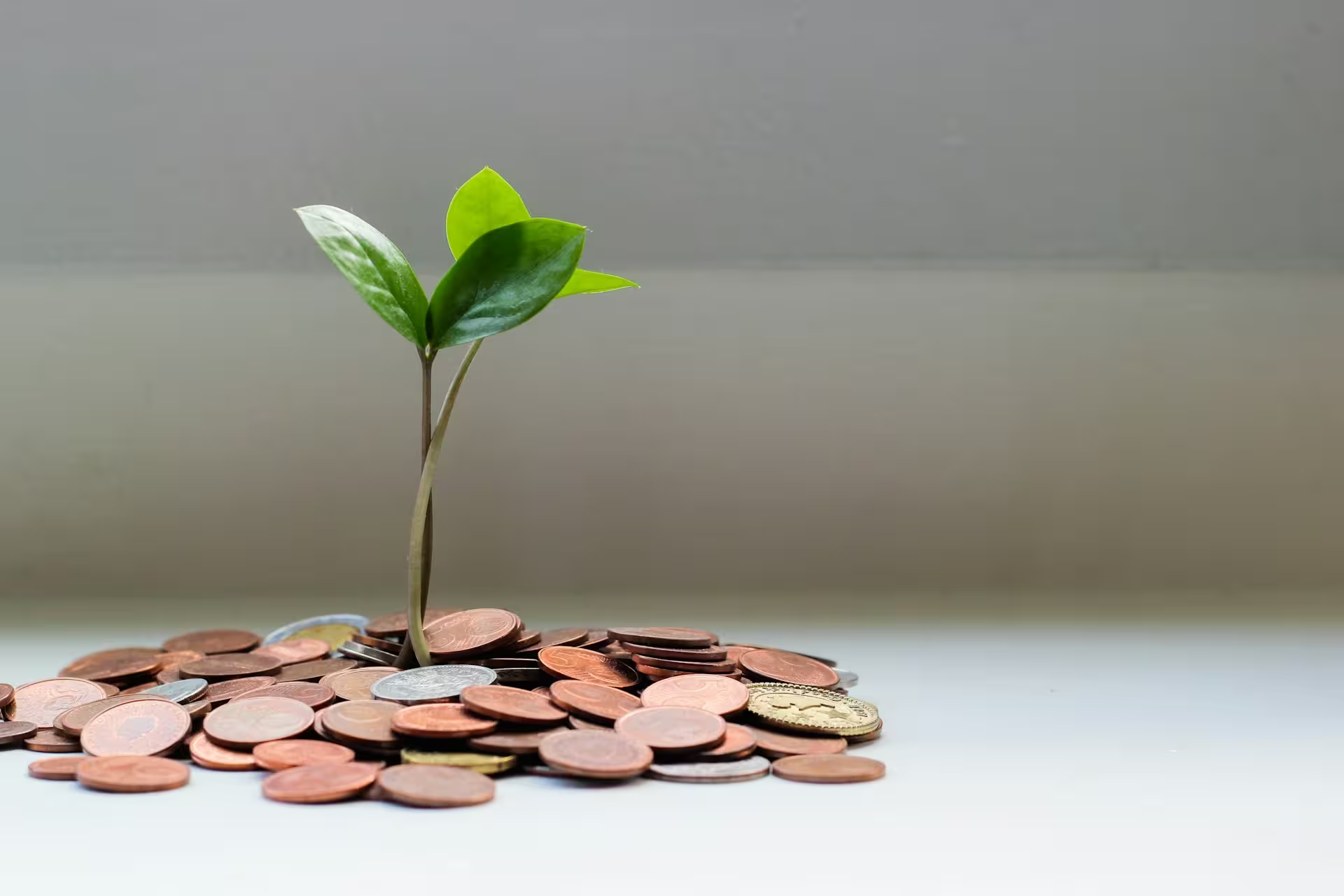How does my EUA investment affect the carbon budget in the EU?
Summary
Investing in spot EUAs (European Union Allowances) directly reduces carbon emissions by removing allowances from the market, limiting industries' pollution. This influences carbon market dynamics and can accelerate decarbonization, unlike derivative contracts which are speculative. You can directly influence the carbon budget available to industries.
There is a finite carbon budget available to industries and you have the power to influence it. A cap-and-trade scheme sets a limit on the carbon emissions that can be released in a specific region over a certain period to meet climate objectives. By purchasing EUAs, you effectively remove the corresponding carbon allowances from the market, preventing industries from emitting that amount of CO2 during your investment period. In doing so, you directly reduce the total amount of pollution industries can release.
Confiscate EUAs from Polluters
What makes the EU ETS unique is that it functions as both a policy instrument and a marketplace for carbon emissions. It addresses the urgent and global challenge of climate change on a scale that matches the universal scope of the issue. Within this cap-and-trade framework, regulators set a predefined carbon budget that limits the total amount of CO2 emissions allowed. When you buy EUAs, you are removing these allowances from the market, which would have otherwise been used by industries to emit CO2. Hence, your carbon investment has an immediate effect by decreasing the overall emissions potential of these polluters.
Spot vs. derivatives - the investment for effective impact
Just like other market places, the EU ETS offers a variety of financial instruments—spot contracts, futures, options… However, among these, there is only one that has a real and direct environmental impact - spot carbon allowances. Investing in spot EUAs is the only way to make a direct impact on reducing carbon emissions.
[[cta-impact]]
Spot EUAs, the genuine climate asset
Spot EUA transactions involve the actual exchange of carbon allowances that directly impact CO2 emissions. On the other hand, futures and options contracts are financial instruments used for speculative purposes. These contracts do not involve the physical transfer of EUAs but rather allow market participants to bet on future carbon allowance prices for financial gain. While they are here for portfolio management and investment strategies, they do not contribute directly to reducing emissions or owning actual carbon allowances.
The power to shape the carbon budget today and tomorrow
When you invest in spot EUAs, you are purchasing the same carbon allowances that industries use for compliance with EU climate regulations. EU regulators do not distinguish between your investment demand and the demand from industries. By increasing EUA demand through your investments, you influence key metrics that the European Commission uses to assess the carbon market’s robustness and stability. This new type of demand—created by your confiscation of allowances—can lead to a faster tightening of the carbon cap and a more accelerated decarbonization process as regulators adjust future carbon budgets and consider volumes for cancellation or removal from circulation.
[[cta-simulateur]]
The direct influence of spot EUA investment on carbon emissions
You now have the power to hold spot EUAs and directly influence the carbon budget that industries have access to. For the period you hold these allowances, you are preventing the associated carbon emissions from being released by factories and manufacturing plants. This real and immediate climate benefit sets spot EUAs apart from carbon derivative contracts, which only offer speculative financial opportunities without direct environmental effects.


.avif)


.avif)

.avif)




